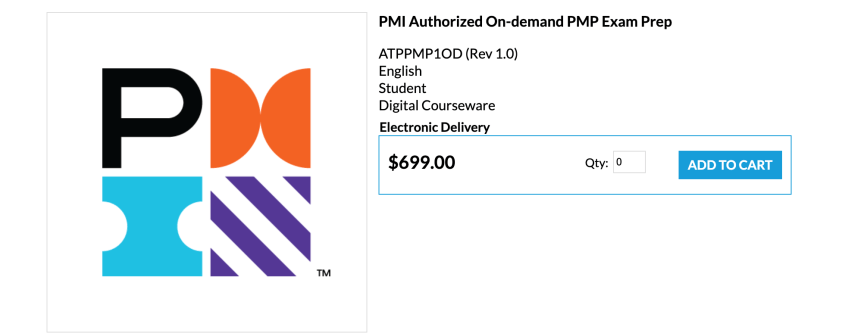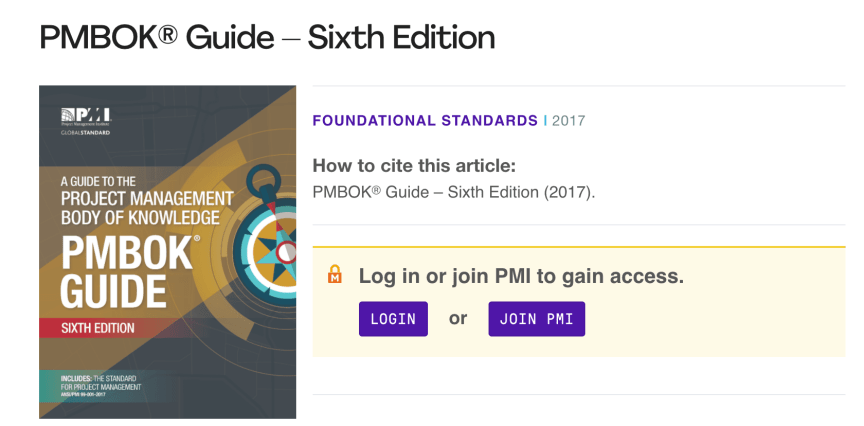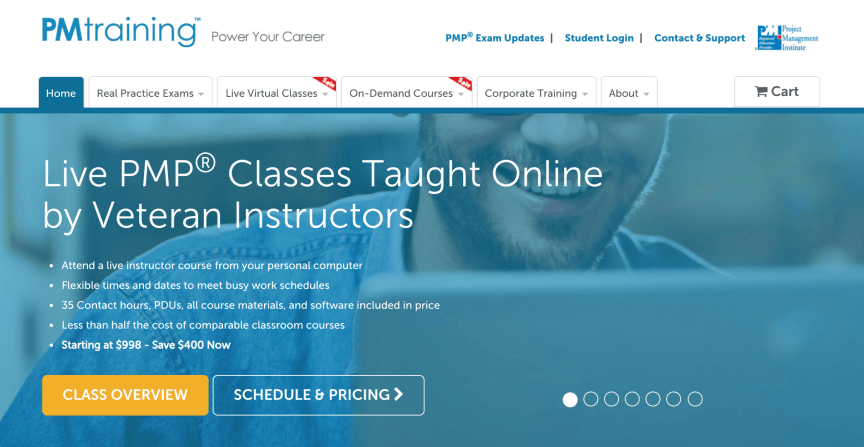Ask a handful of people about the metaverse, and you’ll get a dozen different responses ranging from a virtual land of opportunity to another avenue of harassment, the new Facebook, or technology jargon like Web3, NFT, blockchain, and VR. Some even call it the future of the internet and predict that’s where we will spend most of our time. What’s clear is that there isn’t a clear definition of the metaverse since it is in very early stages and is still evolving.
The metaverse is the promise of a virtual community with the potential to allow people to play, work, socialize and transact. Sound familiar? Does it remind you of this thing called the World Wide Web? This was exactly how the web was described back in the 1990s. Shortly after, we had virtual worlds like Second Life, or more recently, Roblox and Fortnite.
The metaverse is intended to be all that and more, the next evolution of some of those experiences, but three-dimensional. And with the right hardware, it can be an immersive experience. Strap on a pair (of VR glasses) and your 3-D digital avatar can do virtual equivalents of real-world activities, like exploring artwork in a museum, attending a concert, discussing work around a virtual conference table, or, if Zuckerberg would have his way, around a picnic table on a beach.
Clear as mud? You’re not alone, but some precursors may help explain. Since 2003, Second Life has offered a virtual world where people use the program on their computers to create virtual representations of themselves — avatars — and explore places and interact with objects and other avatars. They can explore the world (a.k.a the grid), meet other residents, socialize, participate in both individual and group activities, build, create, shop, and trade virtual property and services with one another. Countries, companies, entertainers, and media organizations have experimented with creating virtual presences in Second Life.
More recently, Fortnite, which started as an online video game platform, has been hosting virtual concerts by artists like Travis Scott and Ariana Grande, going beyond traditional gaming into virtual events and entertainment, where people (actually, their virtual avatars) can hang out and be entertained.
The metaverse has visions of being a network of many such interconnected virtual worlds. Think of it as an immersive 3-D virtual world that would mirror a lot of what we can do in the real world. For now, different virtual worlds exist, each needing different identities. They are not interconnected, making it less like the web (or Web3) and more like different distinct apps with nothing in common.
So, What’s A Designer To Do?You’re probably wondering how you or your company can leverage the metaverse. Just like a few years ago, people were trying to figure out social media or mobile apps before that, and even before that, the web.
If you get caught up in the hype and headlines about the metaverse-related announcements from celebrities, influencers, global brands, and household name companies, the obvious answer may seem to jump right in — CANNONBALL! This could include converting real-world money to a virtual currency and investing in some virtual land or other digital assets and tokens of the non-fungible variety. Stop! Don’t fall prey to the Shiny New Object Syndrome! Instead of the impulsive cannonball approach, I suggest the purposeful diving board approach: take a few steps, plan, and focus on your approach to diving into the metaverse.
5-Step Approach To The MetaverseApproach this exercise with a curious and open mind, yet with a healthy dose of skepticism about the hype. If you are doing this for your company, a good starting point is asking, “Why?” Why does the company want to be in the metaverse? How will it help achieve its business goals? Could it be for bragging rights and a news splash? Are you seeing competitors already making metaverse announcements, and you are worried your business may be left behind? These answers will keep you grounded as you go through the following steps.

1. Experience A Virtual World Or Three
If you’ve played games on an Xbox or PS, you’ve got a bit of a head start, and some of this will seem familiar. If not, no worries! You don’t need special equipment to experience virtual worlds like Decentraland or The Sandbox. Use your computer, log on as a guest, create your avatar, wander around, and get the lay of the land on a 2-D screen. Get familiar with the control keys for navigation and wayfinding (in Decentraland, M will quickly become a useful key to view a map and explore different areas).

In addition to exploring the virtual land, observe other avatars, and you will quickly realize those who know their way around and those who are just starting. People start in Genesis Plaza in Decentraland, and this is a good starting point to people watch (or avatar watch) — a good way to observe what others are experiencing, enjoying, and struggling with.
After getting the hang of it, immerse yourself in the 3-D experience with a VR headset. While headsets range from cardboard to PC, console, or standalone VR headsets running over US$1,000, the Oculus Quest 2 is a great starting point for a few hundred dollars. It will allow you to explore virtual worlds like Horizon Worlds. This will give you the immersive experience first-hand, including blocking out the world around you and not being able to sneak a peek at an email or grab a snack. Along with noting what you are physically and mentally experiencing in these virtual worlds, look for which areas are popular and what people seem to be enjoying.
Invite other enthusiasts to show you the ropes and make it easier to navigate this virtual experience.
2. Analyze Your Customers
The technology adoption life cycle breaks down the acceptance of new technology by personas of adopters. Adopters are one of five main elements influencing the spread of a new idea or technology, according to Everett Rogers in his book Diffusion of Innovations. He grouped people into five categories based on their speed of adoption of new technology:
- Innovators are the smallest segment of the market at 2.5%, but their opinions encourage others to investigate the product. These “techies” are often very familiar with new technology and have the resources to try new things, even if they fail.
- Early adopters are selective about the technologies they start using. The benefits of the technology attract these forward-looking customers. Others check in with them for information about new technology, and by adopting something, they often reduce other people’s uncertainty about that technology.
- Early-majority consumers do not want to be taken in by fads, so they are content to wait. But, if a product is practical or fits in their lives, it leads to adoption. They make up about 34% of the market.
- Late-majority buyers want to see that the public accepts the technology and all the bugs have been fixed. They adopt because of emerging norms, peer pressure, or necessity. This segment makes up about 34% of the market, just like the early majority.
- Laggards are the last audience who are traditional and don’t take risks with new ideas or technology. This segment is about 16% of the market and only adopts when they have to.

Using the lens of these adopter categories, review your company’s target customers and consider their technology adoption and use. If your customers are in the right half of Rogers adoption categories (late majority and laggards), they’re probably not adopting the metaverse anytime soon. If you have early market customers (innovators and early adopters), there is a high probability that they are exploring the metaverse or will be soon, and you should have something for them to engage with you there. And according to research firm Gartner, we are still a few years away from a sub-segment of the Early Majority starting to adopt the metaverse.
Also, consider their technology use: do your customers passively consume content (like social media and streaming media), or are they active and immersed (like gaming)? Gaming is a very close parallel to most of what we know as the metaverse today. Given the similarities, how is your company or brand currently engaged in gaming? How much time do your customers spend gaming, and how much of it would be with your company or brand? You can use this to extrapolate how they may potentially adopt and interact with your business in the metaverse.
3. Scan Competitive Activity
In this gold rush phase of the metaverse, early adopter influencers, celebrities, and companies are trying to navigate the novelty, and the hype and FOMO don’t help. But it would help if you looked at what your competitors are doing in the metaverse, how successful their efforts are, and the engagement they are getting. Here are some examples in the restaurant space:
- Virtual promotion for real-world freebies
Last Halloween, Chipotle moved its annual Boorito event to a virtual restaurant on the gaming platform Roblox. Avatars could dress up in virtual Halloween costumes and visit the virtual Chipotle cashier to get a promo code for a free burrito in the real world. They gave away $1 million in free burritos. - VR dining experiences
Customers at restaurants learn to eat while wearing VR headsets without getting food all over their face, clothes, or the table. They are then taken on a VR journey with imagery, music, and narration, setting the ambiance as people eat their half-inch-by-half-inch bites. - Laying the foundation
This February, McDonald’s filed multiple trademark applications, indicating it plans to offer “a virtual restaurant featuring actual and virtual goods” and “operating a virtual restaurant featuring home delivery.” This would allow a hungry avatar in the future to order a meal at an McD (or, if you prefer, Paneraverse, or Pandaverse, no prizes for guessing which restaurants) without leaving the metaverse and having it delivered home. Of course, IRL, they would have to take off the VR headset to eat!
Looking outside the current restaurant industry, celebrity entrepreneur Gary Vaynerchuk (aka Gary V) is experimenting with opening a members-only private dining club. Membership is a Non-Fungible-Token (NFT) that gives the token-holder access to restaurants and culinary experiences beginning in 2023. Think lifetime ownership to a country club or airline club. Don’t spend it all on membership, though; the food and beverage cost extra.
Following a similar model but with coffee shops already in place, Starbucks recently announced that it plans to offer NFTs later this year, not focused on speculative trading but offering access to exclusive experiences and perks (not yet announced). It brought to mind their limited-edition $450 metal gift cards that they used to sell around the holidays that offered loyalty status and benefits that went along with it. Like NFTs, those have resale value on eBay.
Some companies are laying the groundwork, others are starting small, and others are placing bigger bets.
4. Evaluate Relevant Opportunities
Armed with the knowledge of your customers’ technology adoption and use and what others in your space are doing, evaluate what makes sense for your company. If you haven’t already, identify and involve video game, VR, and metaverse-related enthusiasts (internal or external) during this step. Some key questions:
- Are there different ways you could better serve your customers, employees, or business partners in the metaverse?
- Are there opportunities for you to add value to your customers by enabling existing business, introducing new products, or reaching new markets in this virtual experience?
- Is there tangible value in being seen as the first mover in your industry?
- Are you able to deliver more impactful internal training or experiences for your employees? While customer-facing ideas are glamorous, employee applications may offer quicker value and return on investment.
- Will you have the resources and talent to build, promote, support, and monitor your presence in the metaverse?
- Does your company have an appetite for experimentation?
While not an exhaustive list, these questions should spur ideas and opportunities in the metaverse. Treating them as potential projects, use the dimensions of viability, feasibility, and desirability to evaluate and select relevant opportunities for your company.
This step may result in a few small ideas to dip your toes in the metaverse pool, bigger ideas that will take some time to implement, or a big disruptive innovative idea. On the other hand, if you answered “No” to one or more questions above, you may just realize that the metaverse is not for your company, or your company is not ready for the metaverse at this time. In that case, periodically run through the steps above to respond when the time is right.
5. Experiment And Adapt
If you realise that you need a presence in the metaverse, it may be easy to start small, test, and learn. Starting small could mean different things to different companies. For some, it could be offering free avatar swag for their customers and fans, while for others, it may be opening a virtual location, like JP Morgan’s Onyx bank lounge. The important thing with any new technology or channel is understanding how it differs from existing ones and not shoehorning existing strategies and tactics but adapting them.
Experience from the previous steps will also equip you when you get to this stage, just like walking a mile in users’ shoes help us understand and design sites and apps for those users. You will have first-hand experience trying to navigate a virtual world with varying conventions. Structural and design constraints don’t hold true, leaving plenty of room for creative freedom, which raises questions about how real virtual reality needs to be.
Also, keep in mind the hardware limitations that come along with a VR headset, such as physical discomfort, treading two worlds (trying to immerse in the metaverse while surrounded by real-world chaos), and battery life. And last but not least, 3D design is very different than the 2D design we have grown accustomed to.
A Word Or Three Of CautionA designerly behavior is being excited about technological advances and the impact of design. We should balance that enthusiasm with care for the users we are designing and building for. A few things to consider for responsible design:
- Design ethically, not for addiction, and advocate for users.
- Prioritize users’ privacy, security, equity, and physical and mental wellbeing.
- Safeguard your users against bullying and harassment, building on the measures being put into place by virtual worlds.
There’s a lot to think about, but don’t let that dissuade you. The journey starts with small steps.
Plan Your Company’s Metaverse EntryCompanies should keep up with technological advances like the metaverse at a pace and scale that makes sense for them. Acting without a plan (the cannonball approach) can result in missteps and poor results. A planned approach (diving board) helps companies understand how they can leverage the metaverse and their customers’ aptitude for new technology. It allows them to time their entry when the technology, their customers, and the company are ready.
Resources
- “What Is the Metaverse, Exactly?”, Eric Ravenscraft
- Designing For Virtual Reality, ustwo
- “How Will the Metaverse Be Designed?”, Liz Stinson
- “A Manifesto for the Metaverse”, Lara Lesmes and Fredrik Hellberg
- AI 2041: Ten Visions For Our Future (Chapter 5: My Haunting Idol) by Kai-Fu Lee and Chen Qiufan
- Ready Player One (2018) (a dystopian science fiction set in 2045 showcasing a metaverse concept)

































































































